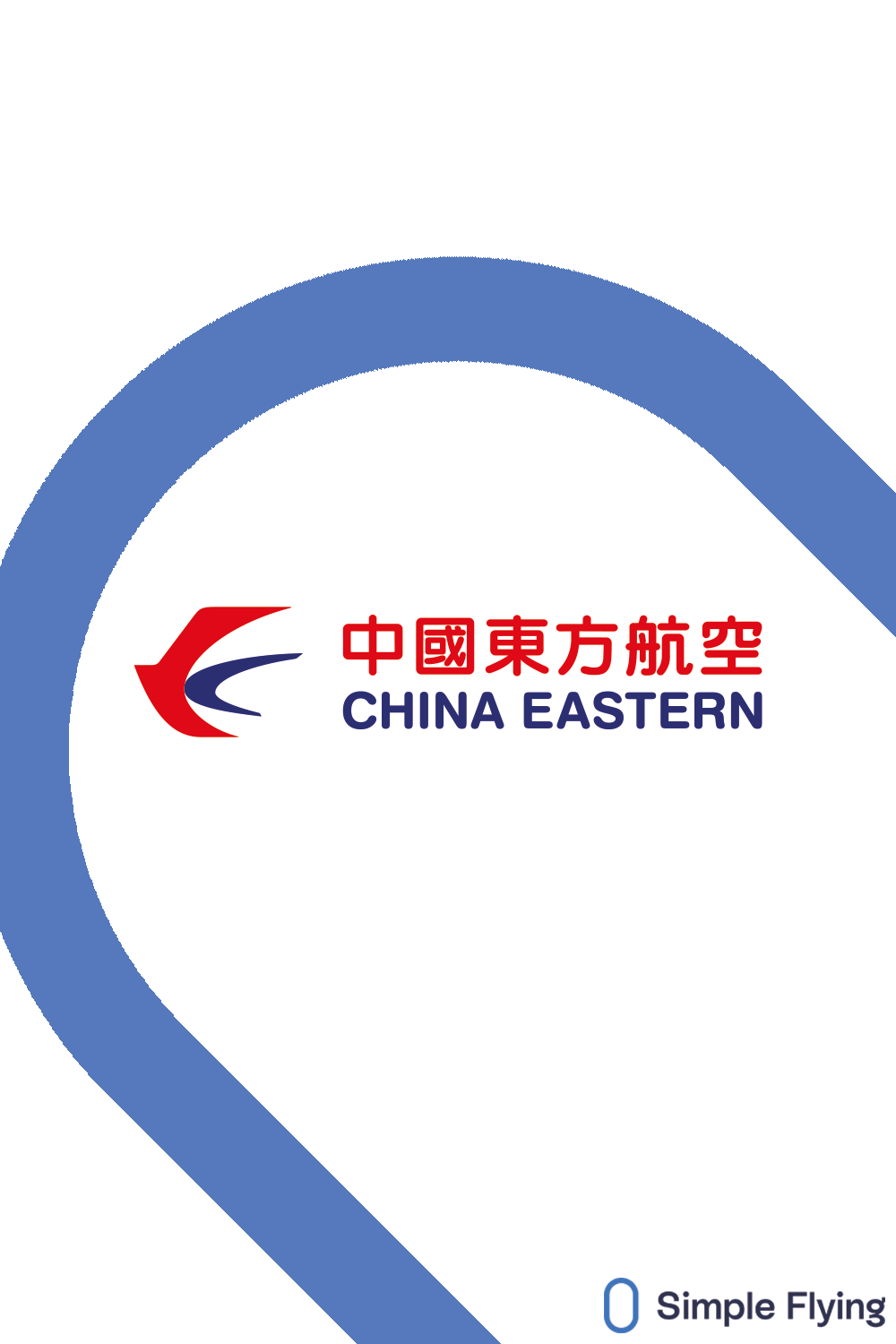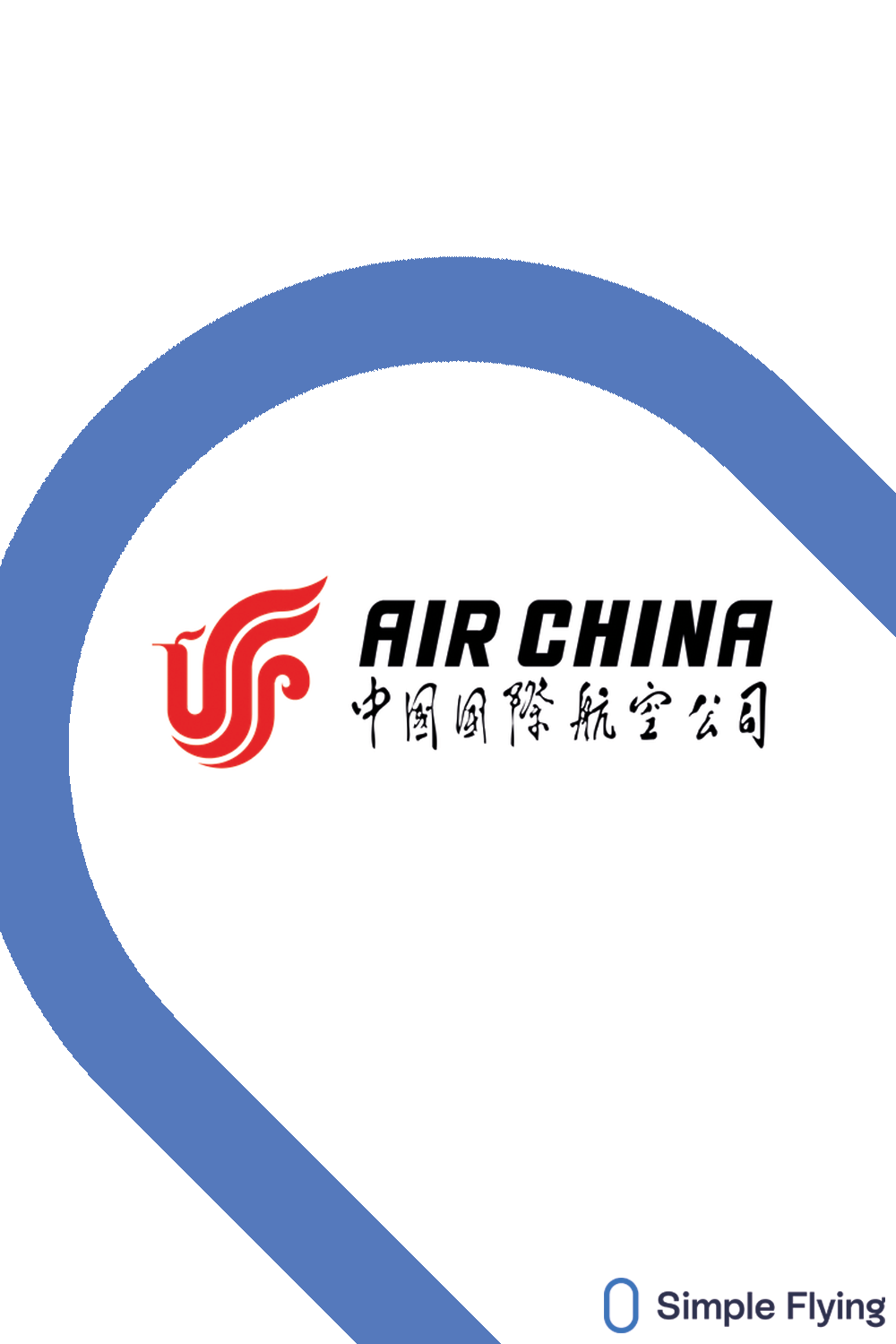Summary
- Chinese airlines have a significant advantage over European carriers due to their ability to overfly Russian airspace.
- This advantage allows Chinese airlines to maintain higher profit margins by saving on operational costs and potentially lower ticket prices.
- Other markets, such as flights between Europe and other East Asian countries, offer Middle Eastern carriers similar benefits.
British Airways flight 169, a daily Boeing 787 service from London Heathrow (LHR) to Shanghai-Pudong (PVG), departs Heathrow at 12:25 and arrives the following day at 07:55. The flight time is 12 hours and 15 minutes in total and as a service connecting one of the largest business centers in Europe and one of the largest in Asia, there is very little more to say about this flight.
That is until you look at China Eastern Flight 552. This flight, a daily Boeing 777-300 service, departs from Heathrow at 21:20 and arrives the following afternoon in Shanghai at 15:40. While these times seem relatively unremarkable, the China Eastern flight takes nearly an hour less, with a timetable flight time of only 11 hours and 20 minutes.
Photo: Ximo Chen | Shutterstock
As many might expect, this difference in flight time is due to the closure of Russian airspace to Western airlines like British Airways. China Eastern flies a direct route between these two cities, taking the most efficient path over Siberia. British Airways, on the other hand, loops south through Kazakhstan and the Middle East, spending nearly an hour more in the air burning thousands more gallons of jet fuel.
Competitive advantages for China’s airlines
Across the board, Chinese airlines have gained a massive competitive edge over European carriers on flights between China and Europe. When flying these routes, the Chinese carriers, with their ability to efficiently overfly Russia, can achieve massive fuel and time savings over their competition. For business travelers, for whom time is of primary importance, the Chinese airline will always be able to maintain an advantage over European competition.
In terms of operational costs, the Chinese carriers will be able to save immense amounts of money by burning less fuel. Thus, Chinese airlines will be able to maintain higher profit margins than European competition. Additionally, the Chinese carriers could easily lower prices and match the margins of their European competitors, attracting more passengers and increasing their market share on these routes.
Photo: Aerovista Luchtfotografie / Shutterstock
Across the entire Europe-China market, Chinese carriers maintain significant advantages. For high-end travelers, speed and convenience are of primary importance, and for those on a budget, the Chinese airlines can also be in command.
Similar situations exist in other markets, and Chinese carriers continue to capitalize. For instance, a lack of access to Russian airspace is a primary reason why no US airlines currently serve China from their East Coast hubs.
Other winners
While it is evident that Air China will have an advantage over Air France flying from Paris to Beijing, the benefits that major Middle Eastern carriers maintain on flights between Europe and other nations in East Asia can be less easily identifiable. While there are advantages of flying Emirates from London to Seoul, namely the quality of the carrier’s inflight product, this route requires a layover.
Photo: Adomas Daunoravicius / Shutterstock
However, both British Airways and Korean Air, which fly this route nonstop, have longer itineraries that loop south of Russian airspace. With longer flights, the Dubai stopover can become far more appealing. Furthermore, some routes can be roughly the same in length, such as flying from Helsinki to Tokyo via Istanbul. Here, Finnair takes nearly 14 hours to loop around Russia while flying from Helsinki to Istanbul, and then to Tokyo via Turkish Airlines can take less than an hour more, assuming a 90-minute connection, according to scheduling data from website FlightAware.
Source: FlightAware


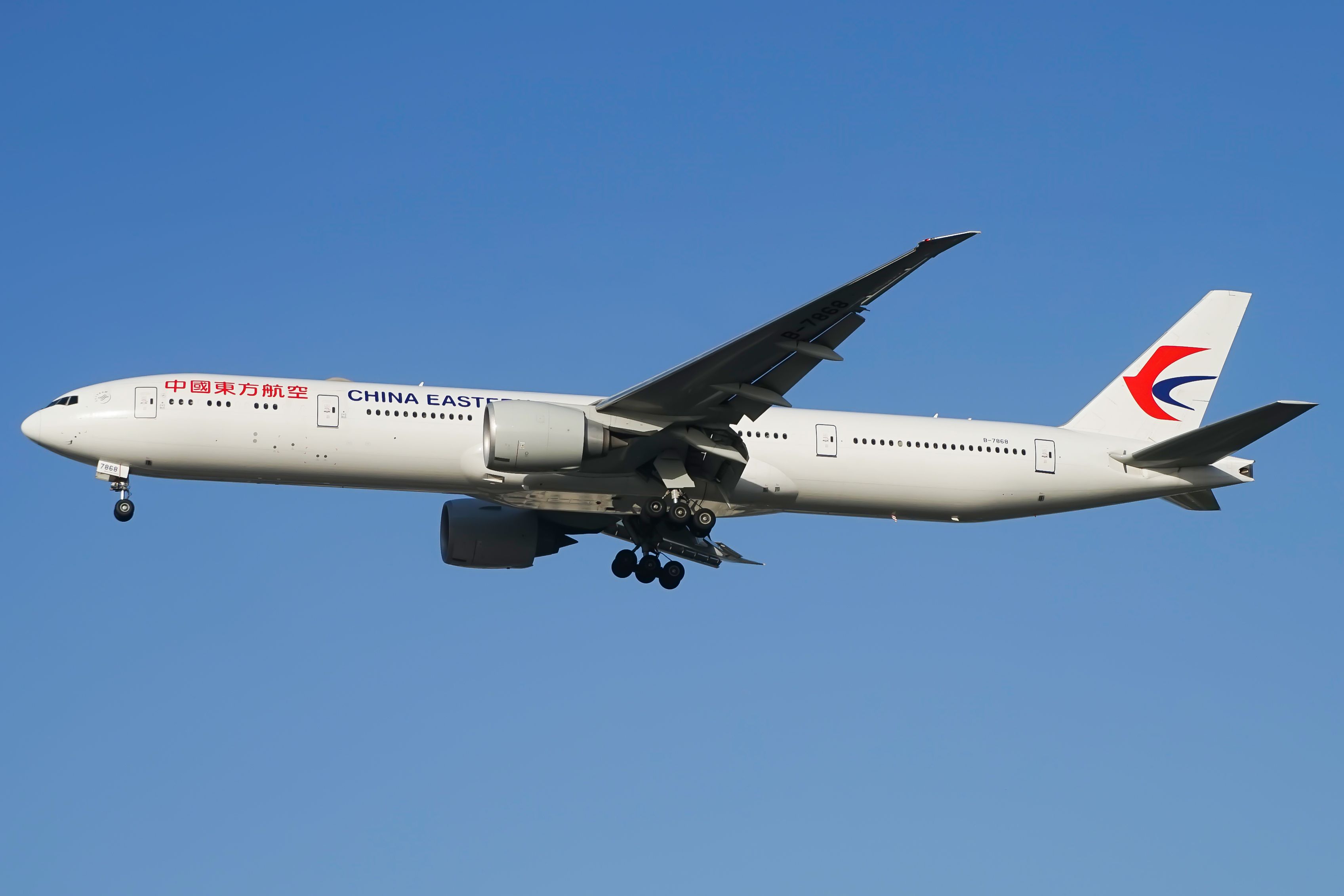
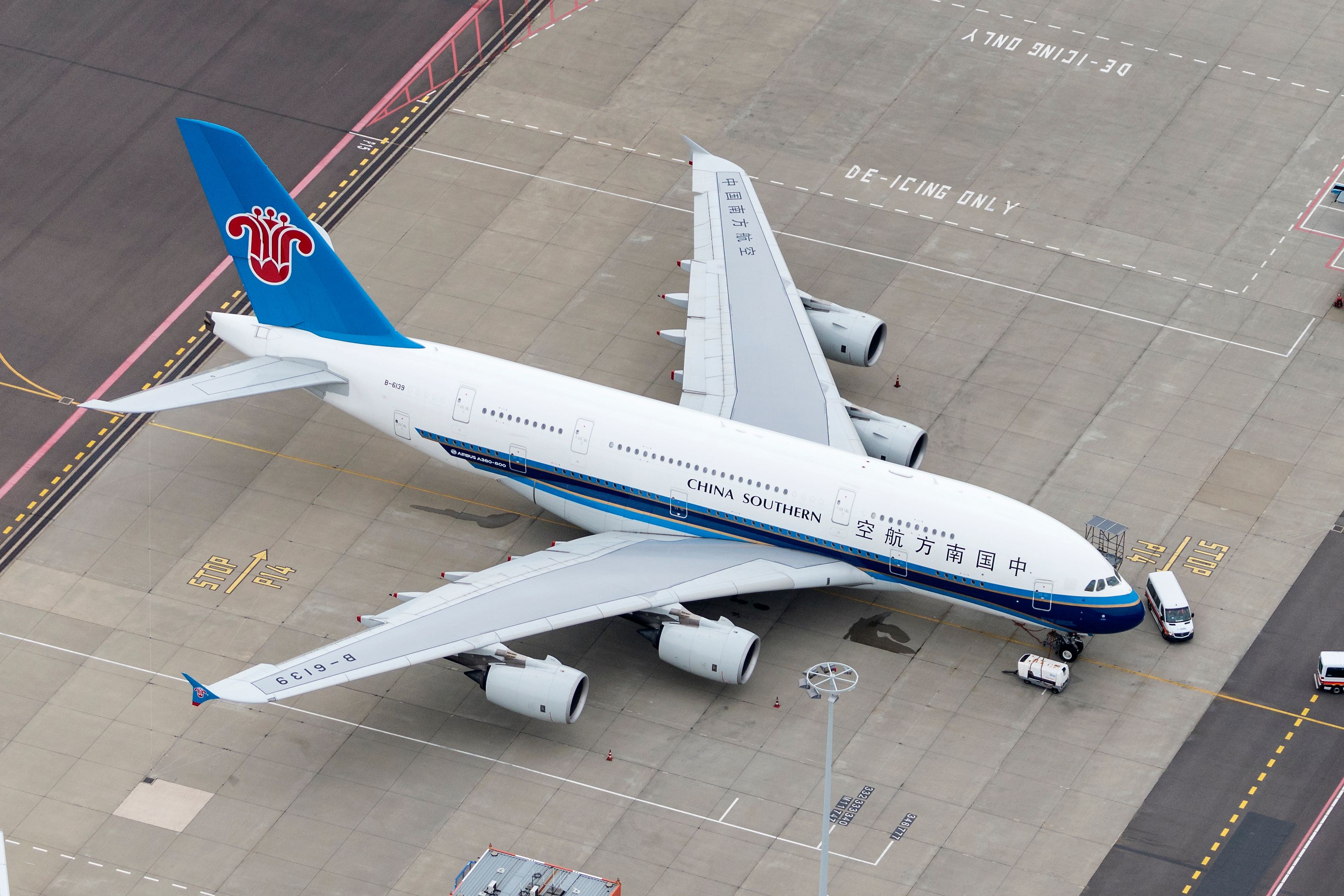
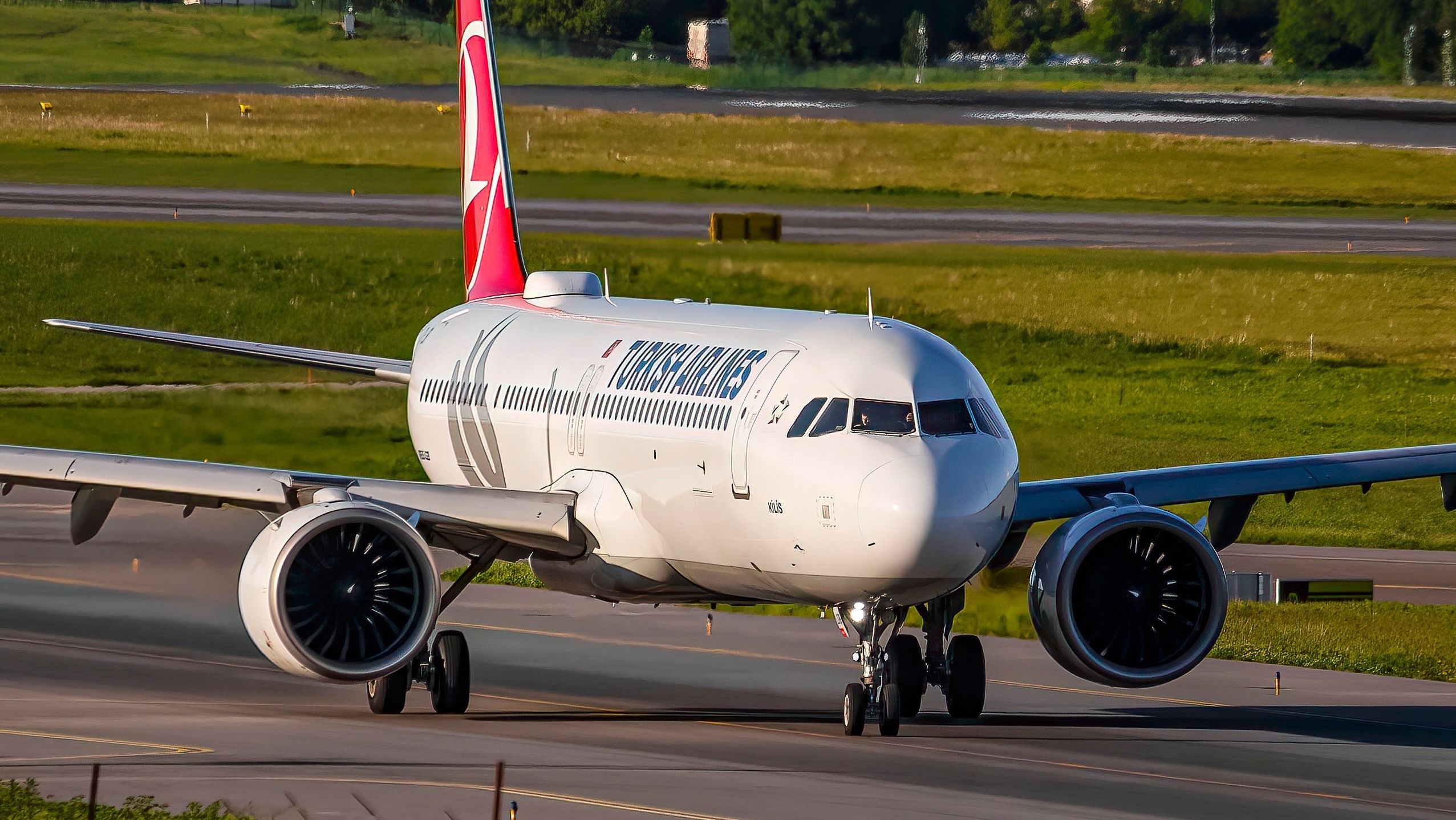
.jpg)
